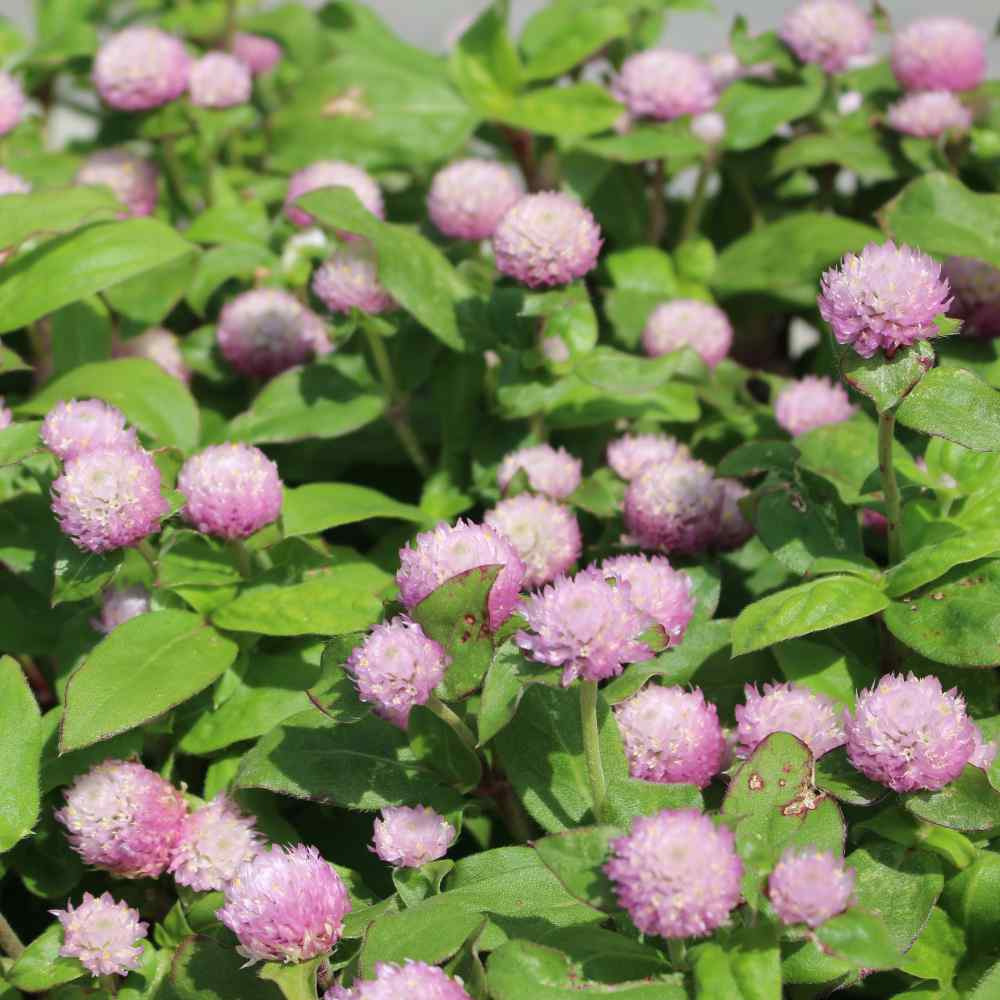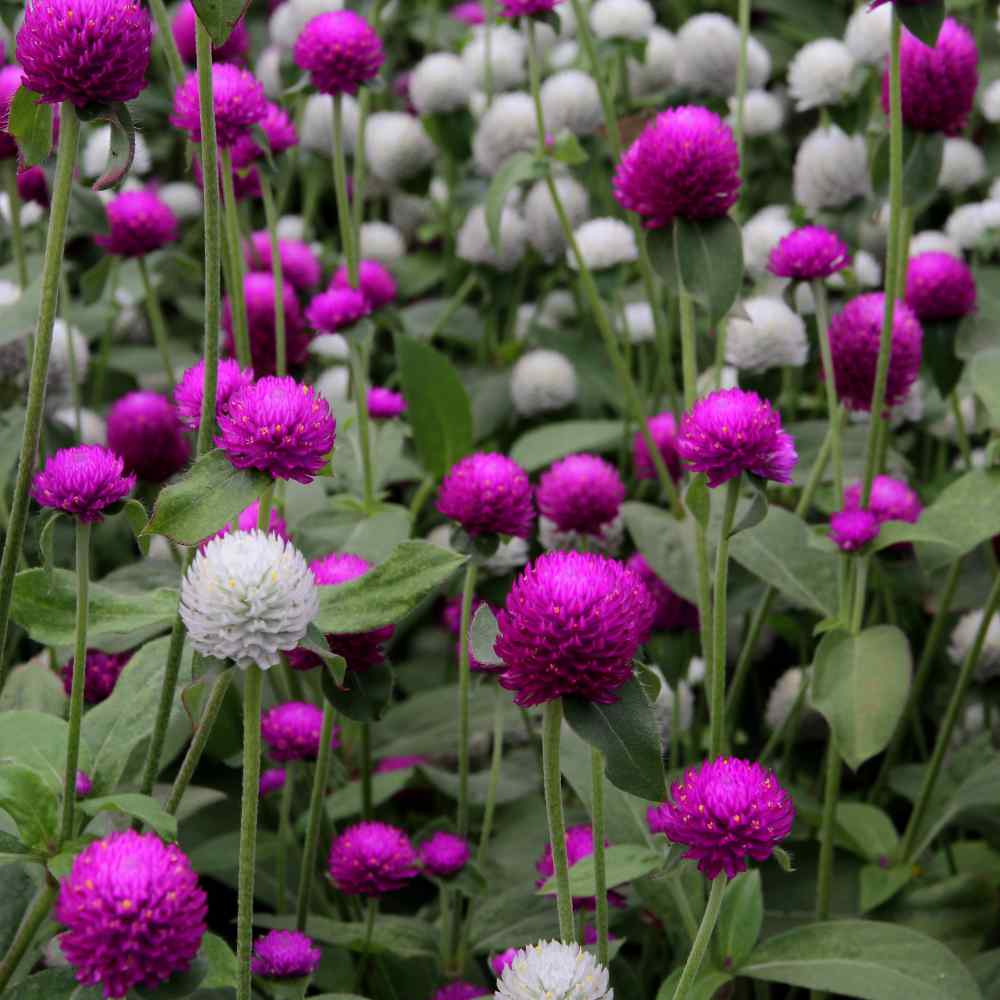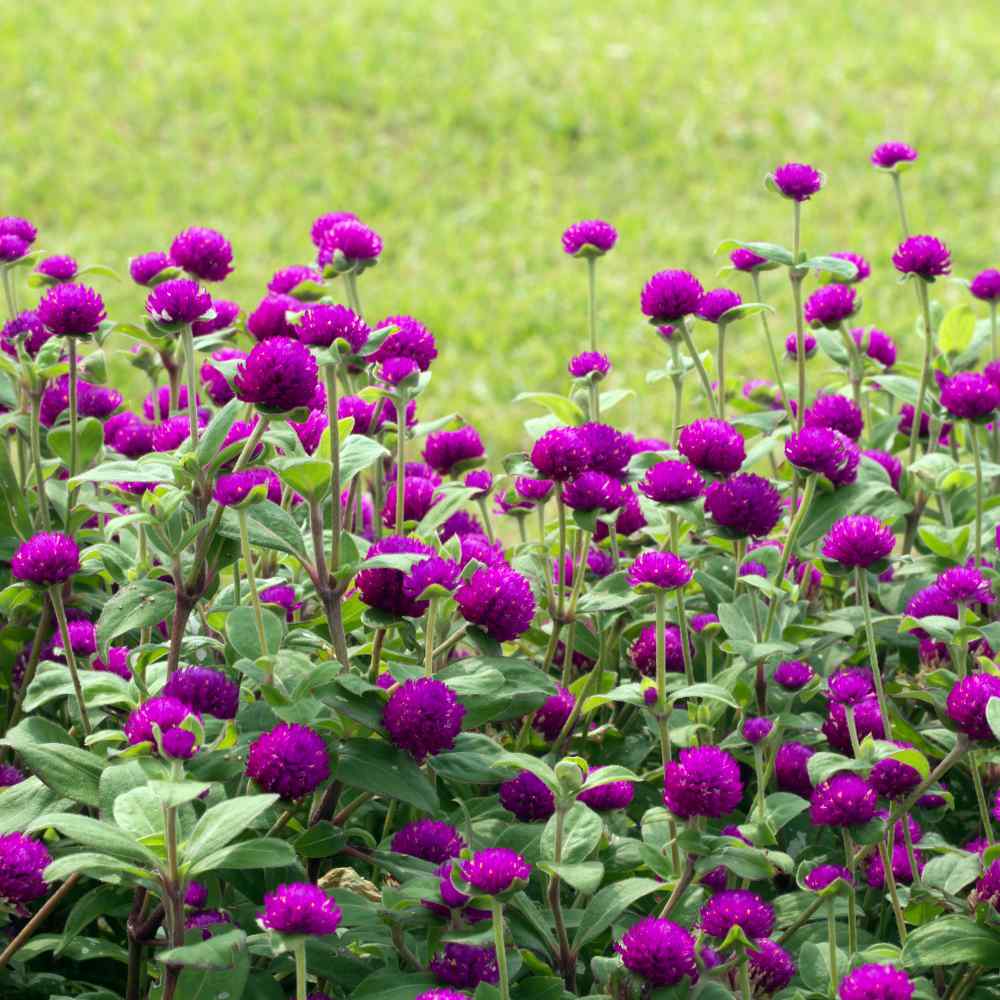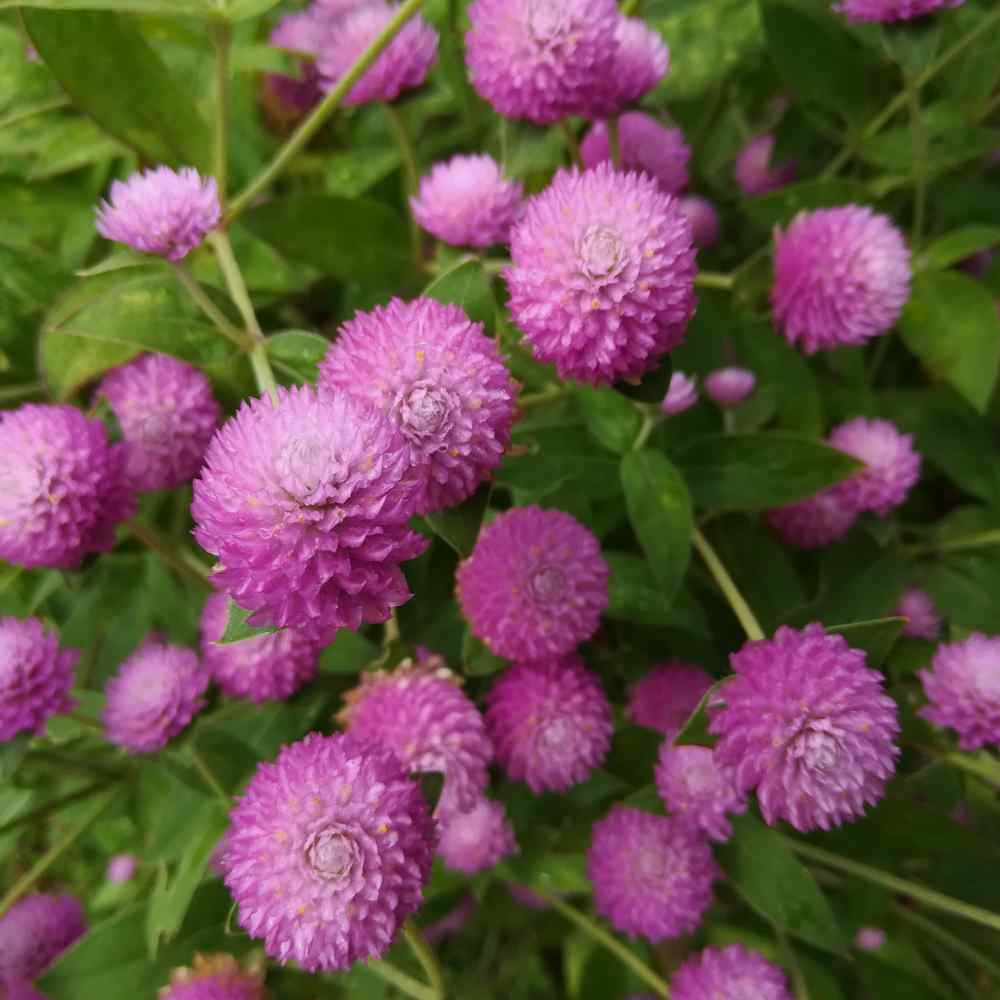
Gomphrena Planting Guide
Quick Facts About Gomphrena
Long-blooming perennial plants that grow in tropical and subtropical regions around the world. Also known as globe amaranth, they are found anywhere from open woodlands, to deserts, to sandy slopes, to dry stream beds.
Planting Time
Gomphrena may be grown from seed sown early indoors and transplanted outside after frost, or sown directly in the garden in summer. If starting indoors sow gomphrena 6-8 weeks before the last frost.

Planting Location
Suited for areas with full sun and well drained soil.
How to Plant Gomphrena
Sowing Seeds Indoors
- Sow gomphrena 6-8 weeks before the last frost.
- Sow 1 - 2 seeds per cell and press seed into soil, do not cover.
- Press gently into soil.
- Keep the flower seeds consistently warm and moist for germination.
- Once seedlings sprout, ensure they receive ample sunlight on a sunny windowsill or position them 3-4 inches below fluorescent plant lights switched on for 16 hours daily and off for 8 hours at night. Adjust the height of the lights as the plants grow taller. Avoid using incandescent bulbs as they generate excessive heat. Remember, most plants need a period of darkness to thrive, so refrain from leaving the lights on 24/7.
- When seedlings are 3-4 weeks old, you can feed them with a starter solution (at half the strength of complete indoor houseplant food) as per the manufacturer's instructions.
- If you are growing in starter trays with small cells, you may need to transplant seedlings into 3 or 4 inch pots when seedlings have at least 2 pairs of true leaves so they can develope strong roots before transplanting.
- Before transplanting seedlings into the garden, they should undergo a process called "hardening off." This involves gradually exposing young plants to outdoor conditions by placing them in a sheltered outdoor spot for about a week. It's essential to shield them from strong winds and intense sunlight initially. If there's a risk of frost at night, either cover the plants or bring them indoors, then reintroduce them outside in the morning. Hardening off helps strengthen the plants' cell structure, minimizing transplant shock and sunburn.
- Transplant seedlings 12 - 18 inches apart, unless specifically for cutting, space the plants closer together to force the growth of longer stems.
Sowing Seeds Directly into Garden
- Sow seeds in full sun in well-drained soil after danger of frost.
- Prepare the soil by removing weeds and working organic matter into the top 6-8 inches of soil; then level and smooth.
- Plants generally thrive when grown in soil enriched with organic matter. Compost, a beneficial form of organic material rich in nutrients and with an optimal pH level, can be incorporated into your planting area whenever needed. In the absence of compost, you can apply 1-2 inches of organic mulch as a top dressing after planting, which will gradually decompose into compost. At the end of the growing season, a soil test can help determine the necessary soil amendments for the next season.
- Sow seeds evenly and thinly press into soil, do not cover.
- Keep consistently moist until germination.
- Seedlings will emerge in 7 - 10 days depending on soil and weather conditions.
- Thin to stand about 12 - 18 inches apart starting when seedlings are 1-2 inches high.
- NOTE: If growing specifically for cutting, space the plants closer together to force the growth of longer stems.
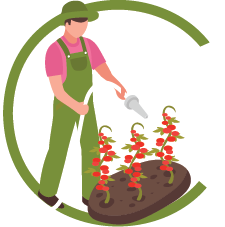
Care And Maintenance
- During the growing season, it's crucial to manage weeds. These unwanted plants compete with your desired plants for water, space, and nutrients. To keep them in check, regularly cultivate the soil or use mulch to stop their growth.
- Mulches play a vital role in preserving soil moisture and regulating consistent soil temperatures. When it comes to annuals, using organic mulch like shredded leaves not only enhances the bed's natural appearance but also enriches the soil as it decomposes over time. Remember to keep mulch away from plant stems to avoid potential rot issues.
- After new growth appears, consider applying a light fertilizer. To prevent burn injuries, keep granular fertilizers away from the plant's crown and foliage. It's advisable to use low doses of slow-release fertilizer to prevent root rot, as higher doses may promote this condition.
- At end of growing season remove dead plants from garden to prevent disease and unwanted pests.
- Gomphrena is great for cutting and is a staple of dried flower arrangements. For drying, cut stems just as blooms open fully and hang in bunches in a warm, dark, dry place.

































